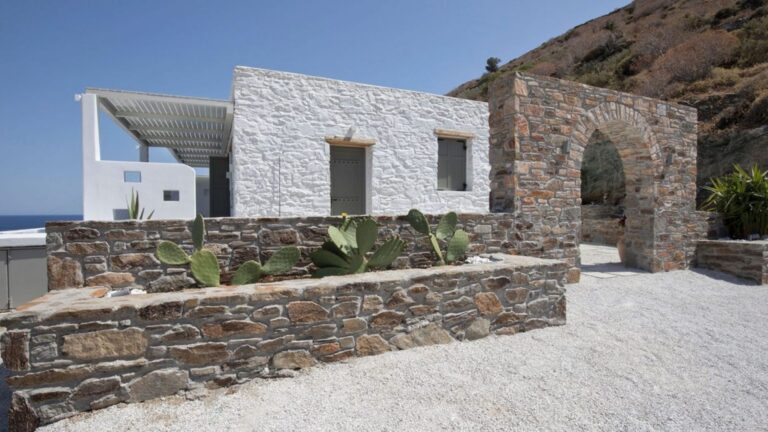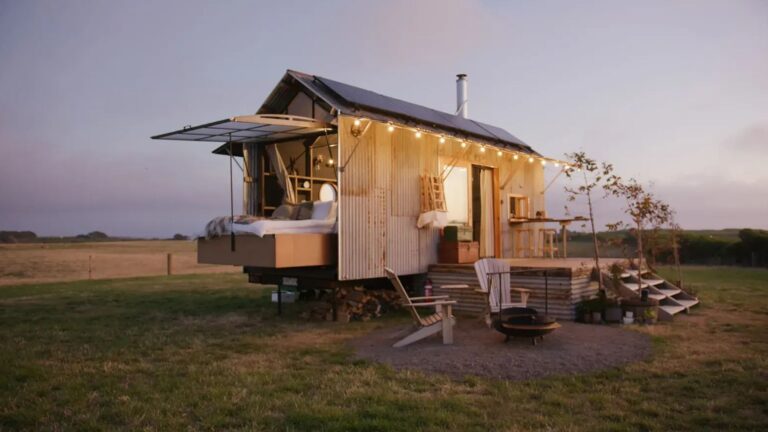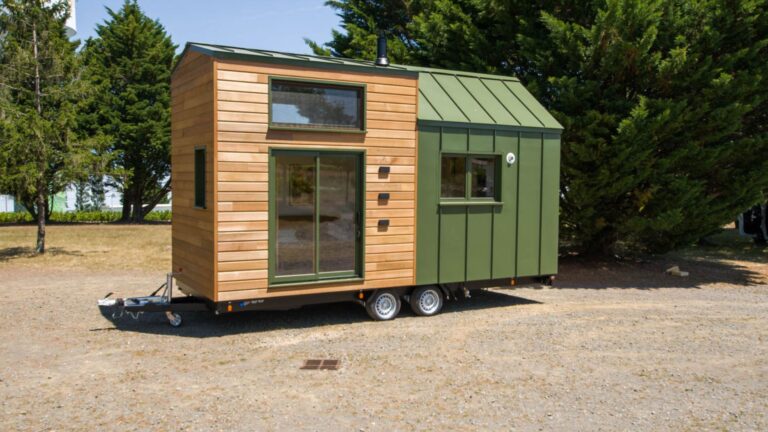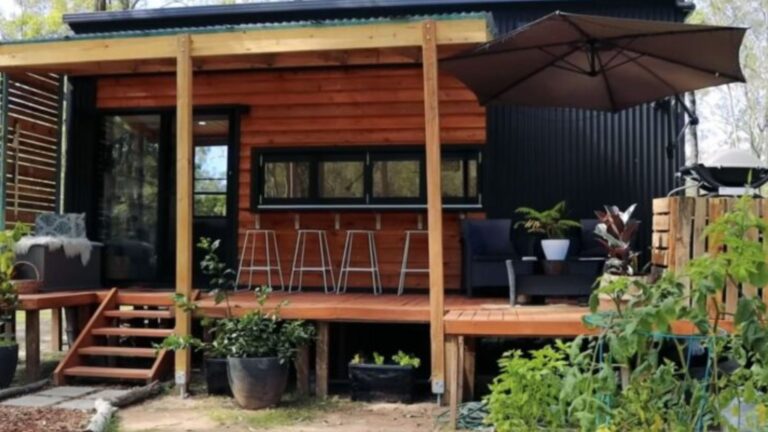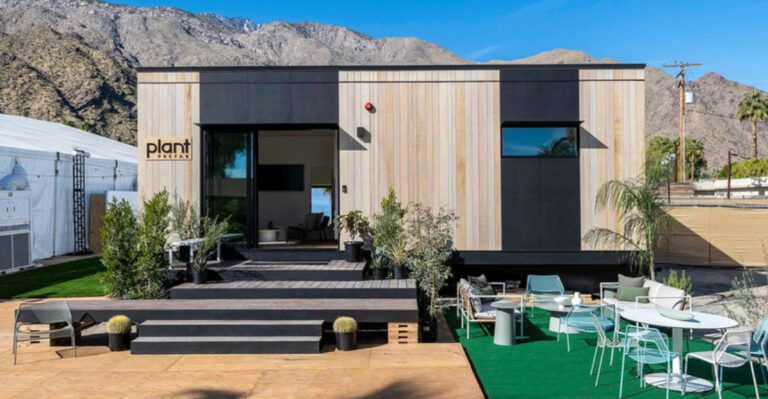25 Ways To Explain A Shotgun House
Ever wonder if a shotgun could shoot right through a house? Well, in the case of a shotgun house, it’s more than just a quirky thought—it’s how the design works! The shotgun house is a unique architectural style with a fascinating history in the Southern U.S., especially in places like New Orleans.
Originating in the 19th century, it became an iconic part of American architectural heritage, featuring a narrow, rectangular layout that reflects practicality and local traditions.
1. Historical Perspective
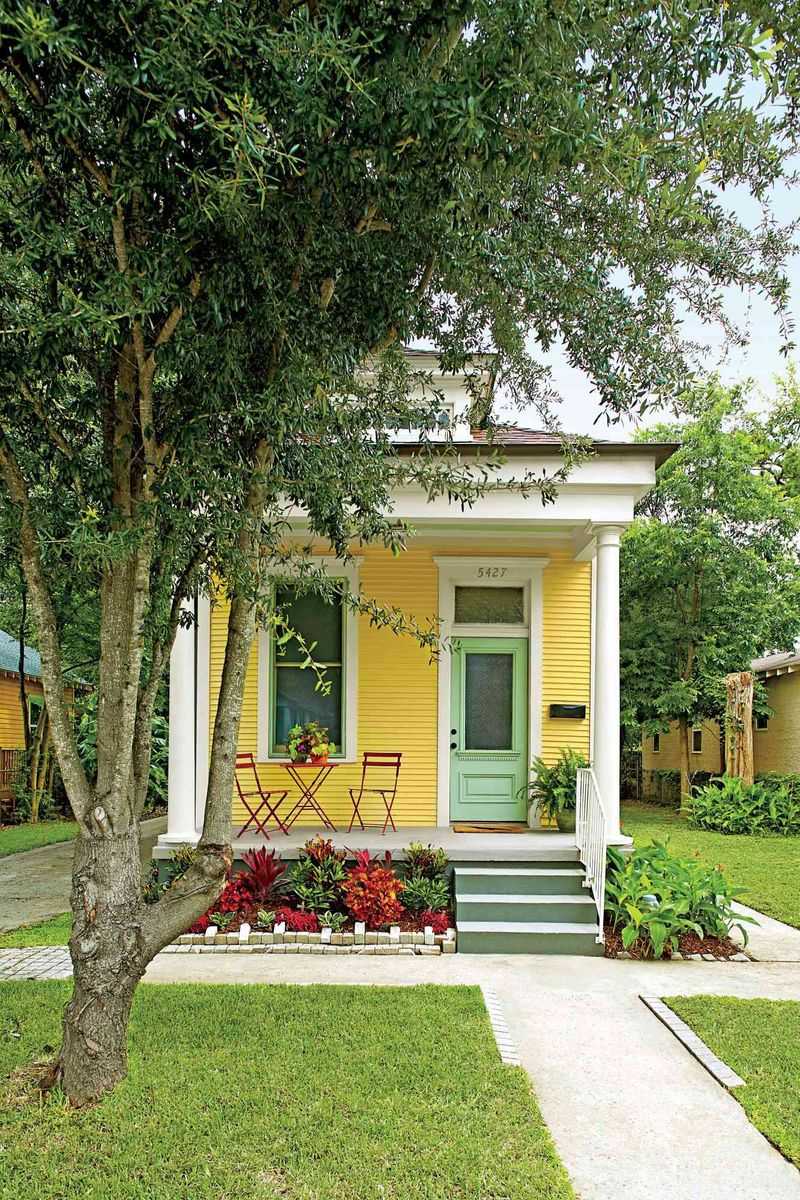
The shotgun house originated in the 19th-century urban development, where narrow lots were common. It provided a simple and affordable solution for the working class. A single row of rooms allowed for efficient use of limited space.
These homes became particularly popular in cities like New Orleans, reflecting the cultural and economic realities of the time. Their design enabled a linear flow from the front to back, without hallways.
2. Practicality
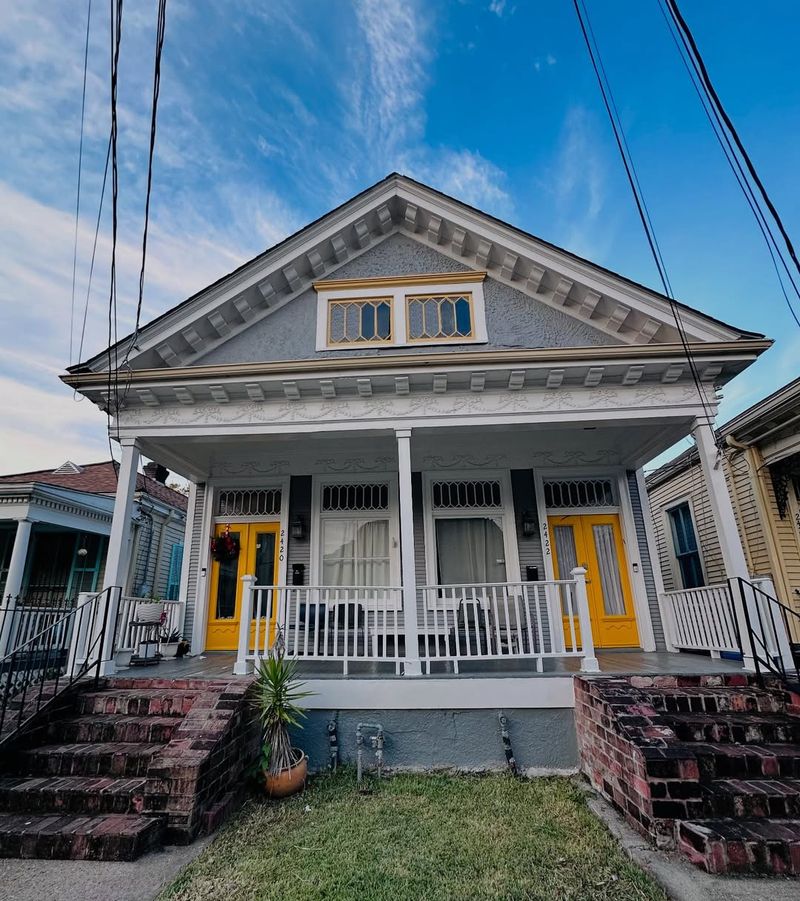
Shotgun houses maximized limited space in dense urban areas, offering affordable and efficient living. The linear layout, with rooms following one another, allowed for ventilation and light. This design ensured that every square foot was utilized effectively.
In crowded cities, the narrow structure was ideal for fitting multiple houses side by side. Families embraced this practical solution, making it a popular choice for those seeking functionality on a budget.
3. Cultural Significance
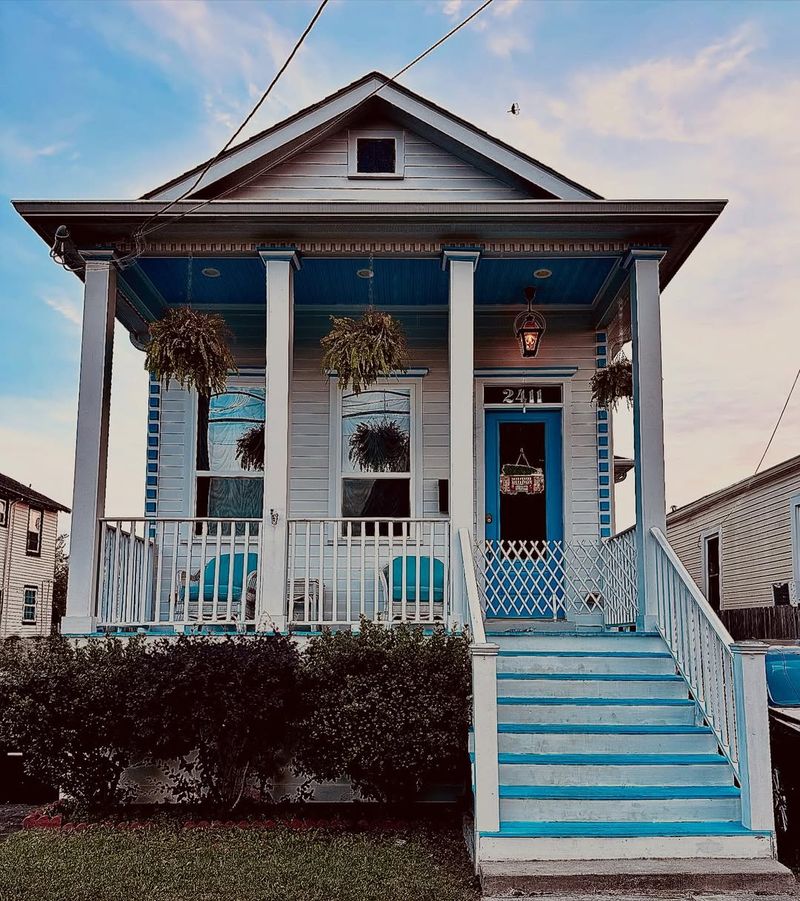
The shotgun house holds cultural significance, particularly within African American communities in the South. It symbolizes resilience and creativity in utilizing available resources. These houses often served as community hubs, fostering social interactions and cultural preservation.
The design reflects African architectural influences, with a straightforward, adaptable layout. For many, the shotgun house is a reminder of cultural heritage and community strength, standing as a testament to enduring traditions.
4. Fun Myth
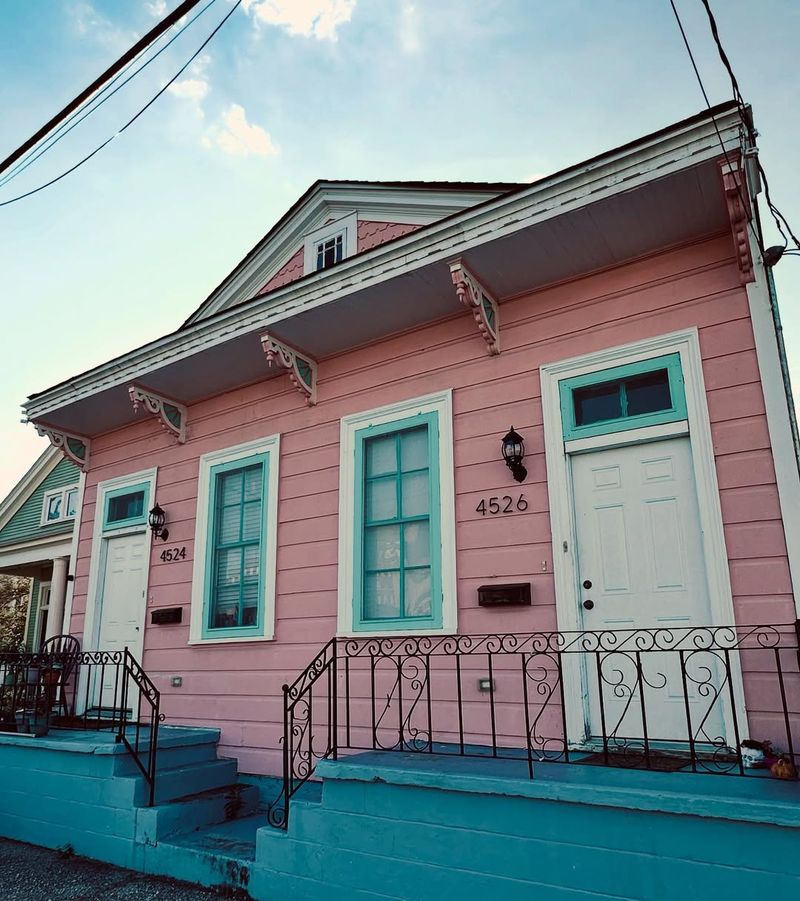
A quirky myth surrounds the shotgun house: if you fired a shotgun from the front door, the bullet could travel straight through to the back. While this isn’t practical or advisable, it highlights the home’s linear design. The tale adds a playful element to its otherwise straightforward structure.
This myth has become a part of the charm and lore, illustrating its unique design in an entertaining manner that sparks curiosity.
5. Architectural Style
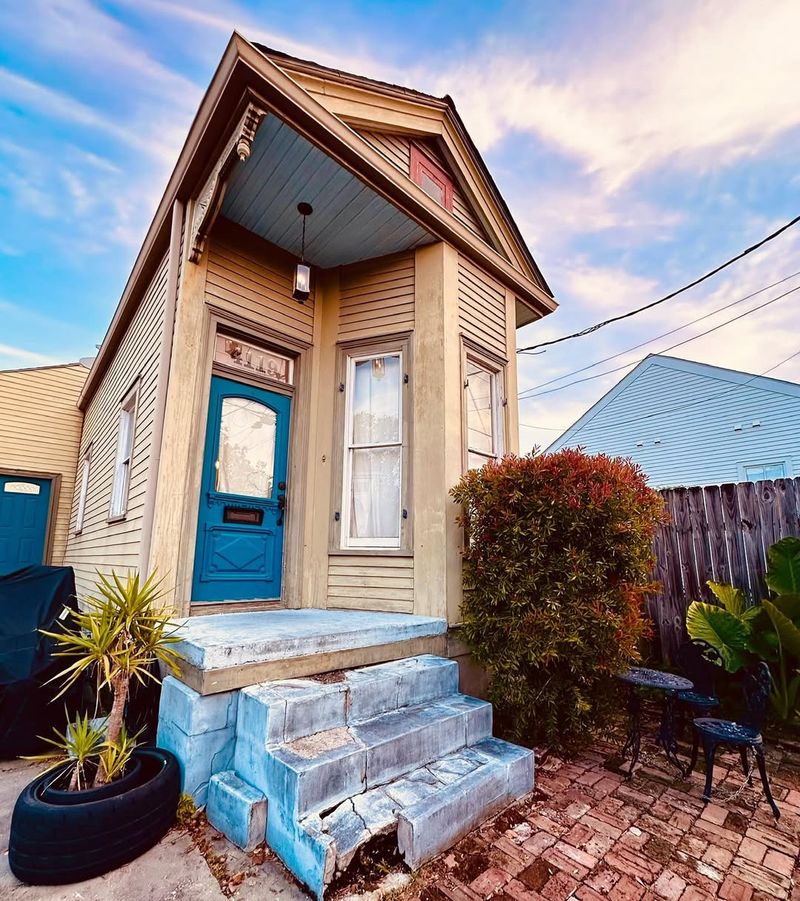
The architectural style of a shotgun house is distinct, featuring a narrow, rectangular shape with high ceilings. Rooms align one after another, creating a linear flow. The exterior often includes a covered porch, adding to its charm. This style enables natural ventilation and efficient use of space.
The simplicity of the design reflects practicality while allowing for creative adaptations. Its iconic silhouette is a hallmark of Southern architecture.
6. Comparison to Bungalows

Compared to bungalows, shotgun houses are narrower and more linear. While bungalows often have a sprawling layout, shotgun houses make use of vertical space and a single room path. This difference highlights the shotgun house’s efficiency in urban settings.
Unlike the more expansive bungalows, shotgun homes fit snugly on small lots. Their unique structure provides a distinct living experience, emphasizing the contrast between open and compact living spaces.
7. Modern-Day Use

Today, shotgun houses are cherished for their historical charm and are often preserved or renovated. Modern updates blend contemporary conveniences with the classic layout, creating a fusion of old and new. They appeal to urban dwellers who appreciate the uniqueness and history.
Renovations often include updated interiors while maintaining the traditional exterior. This blend of history and modernity makes shotgun houses a desirable choice for those valuing architectural heritage.
8. Urban Legends
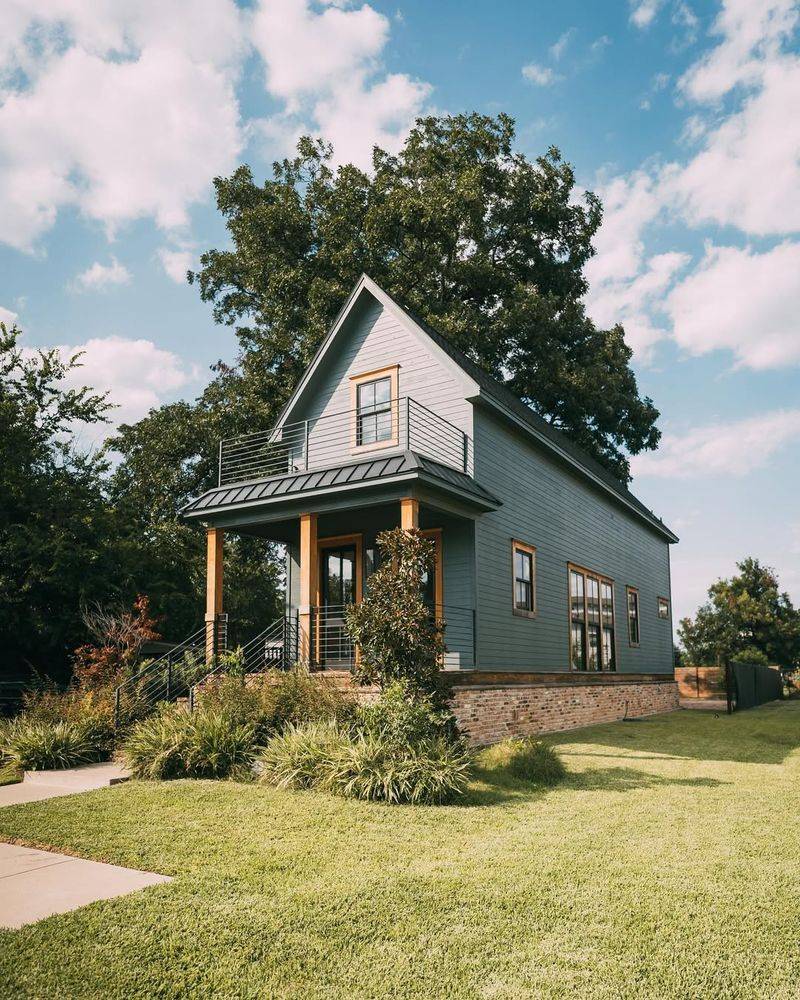
Urban legends about shotgun houses abound, adding to their mystique. One legend suggests the straight-line layout was designed to allow cool breezes to flow through, combating the Southern heat. While practical, this explanation has taken on a folkloric charm.
Such stories embellish the home’s history and capture imagination, contributing to the cultural tapestry surrounding shotgun houses. They embody a blend of practicality and myth that defines their legacy.
9. Versatile Interiors
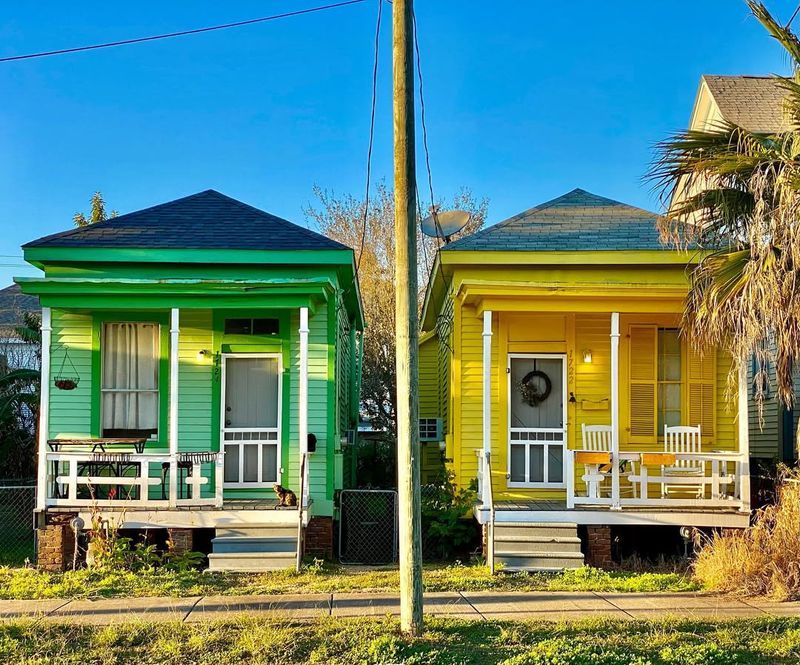
The interior of a shotgun house offers versatile possibilities despite its narrow width. Creative homeowners use multifunctional furniture and storage solutions to maximize space. Each room’s linear arrangement allows for distinct functional zones.
This adaptability turns limitations into opportunities for innovative design. Interior renovations may include lofted spaces or open-plan living, merging tradition with modern needs. The shotgun house’s interior showcases how simplicity can inspire inventive living solutions.
10. Porch Appeal
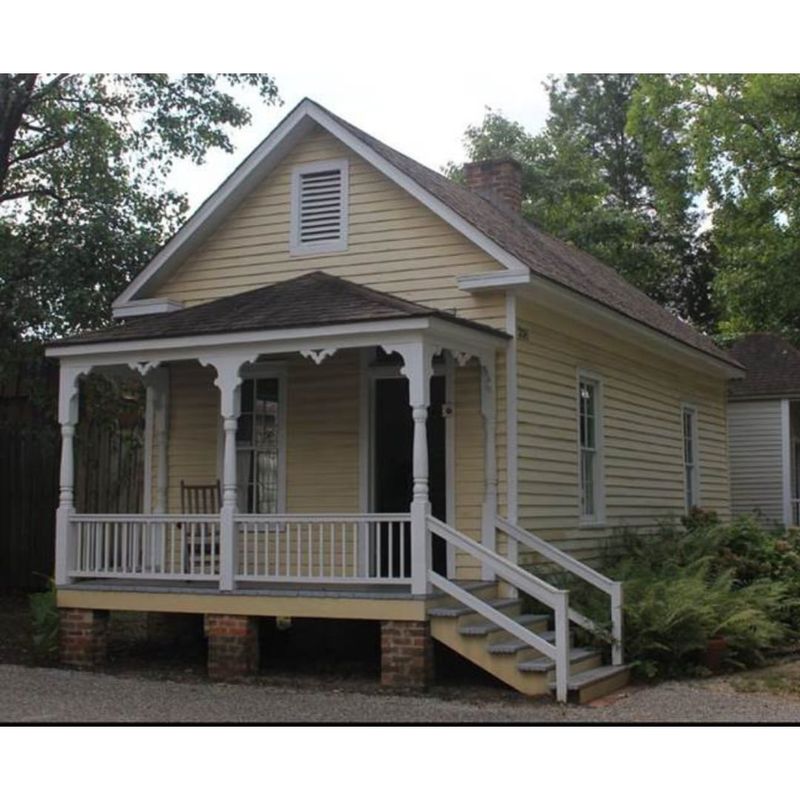
The porch is an appealing feature of many shotgun houses, offering a welcoming outdoor space. It serves as a social area for neighbors to gather, fostering community spirit. The porch extends the living area, providing a shaded retreat from the heat.
Its presence adds to the house’s charm, blending functionality with aesthetics. This outdoor element exemplifies Southern hospitality, making the shotgun house not just a home, but a community focal point.
11. Adaptive Reuse
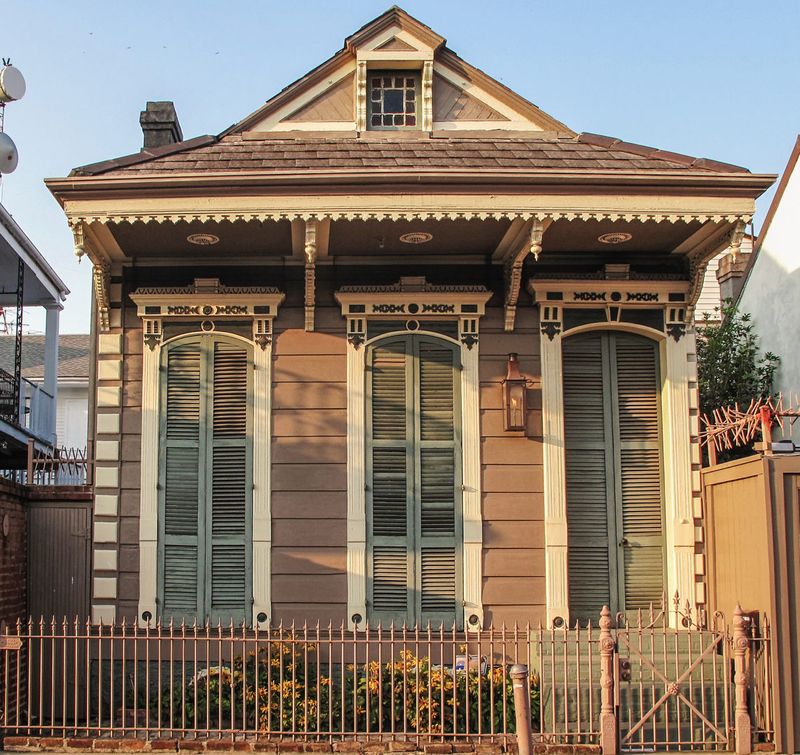
Adaptive reuse of shotgun houses is a trend, turning these historical homes into cafes, shops, or offices. This transformation preserves their architectural heritage while giving them new life. Entrepreneurs and creatives see potential in these unique spaces, using the linear layout for innovative purposes.
Adaptive reuse ensures the survival of these iconic structures, blending history with modern entrepreneurship. The result is a vibrant mix of old charm and contemporary use.
12. Economic Efficiency
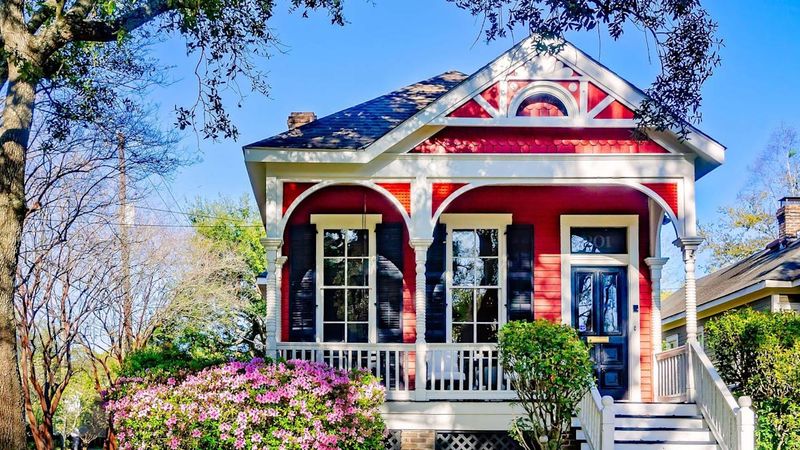
The economic efficiency of shotgun houses is noteworthy. Built with basic materials, they offered affordable housing solutions for the working class. Their simple construction kept costs low while providing necessary amenities.
Today, this economic aspect continues to attract individuals seeking budget-friendly living. Renovations or new constructions maintain this affordability, making shotgun houses a viable option for those seeking financial prudence without sacrificing character or comfort.
13. Environmental Impact
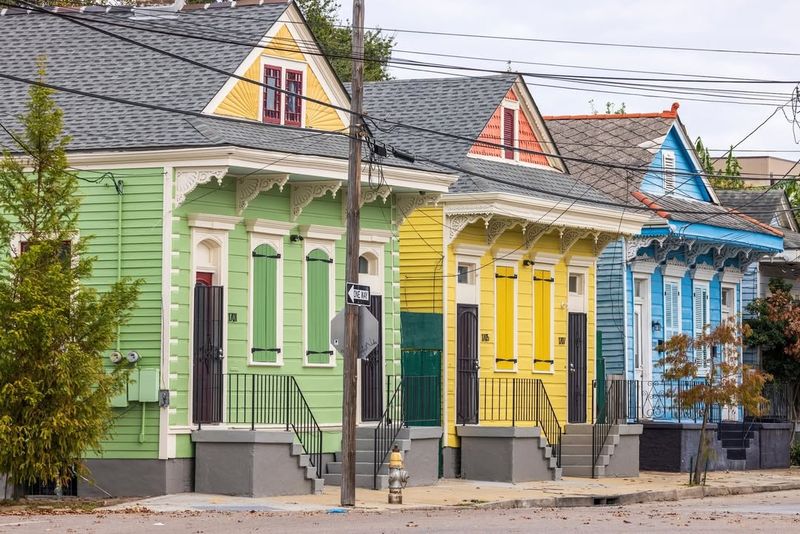
Shotgun houses offer an environmentally friendly option when renovated with sustainable practices. Their compact size reduces the energy needed for heating and cooling. Renovations can incorporate green materials and energy-efficient systems.
The reuse of existing structures minimizes waste, contributing to environmental conservation. By blending traditional designs with eco-conscious updates, shotgun houses provide a sustainable living solution, proving that historical charm and modern sustainability can coexist harmoniously.
14. Artistic Inspiration
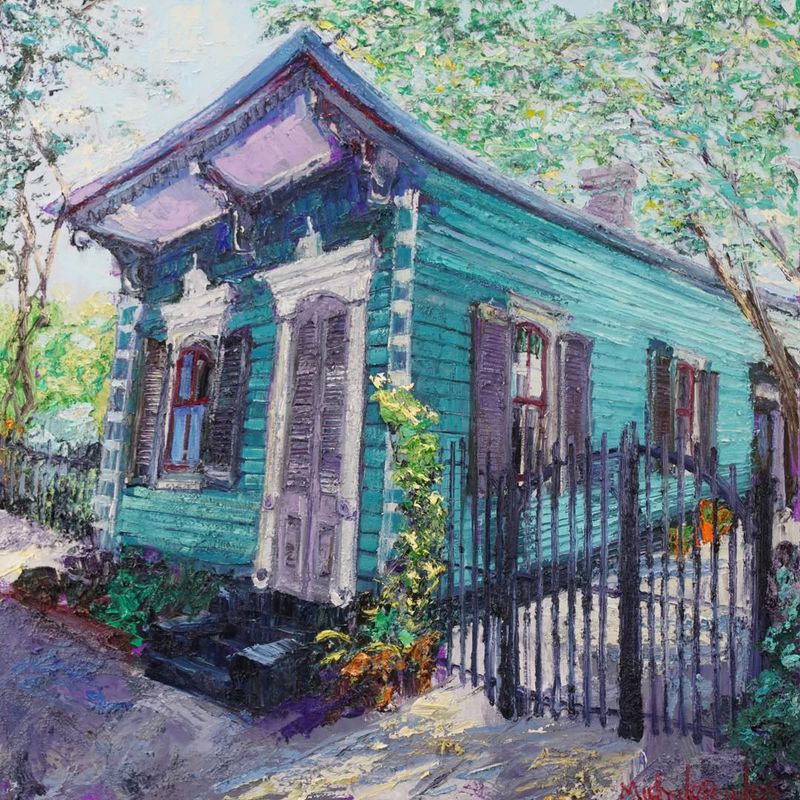
The unique charm of shotgun houses has inspired artists and photographers. Their distinct shape and historical significance serve as vibrant subjects. Artists capture the interplay of light and shadow on their narrow facades, while writers explore their cultural narratives.
The shotgun house is a muse for creativity, inspiring works that celebrate its architectural beauty and cultural stories. This artistic interest ensures that the shotgun house remains a celebrated icon in visual and literary arts.
15. Community Identity
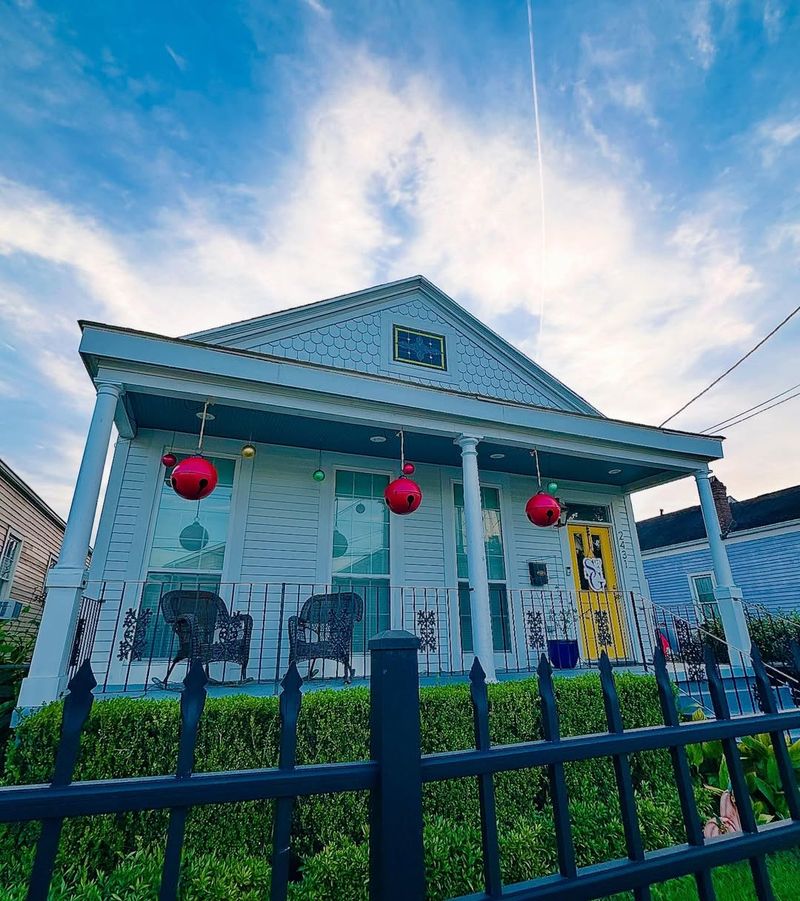
Shotgun houses contribute to a strong sense of community identity. Their presence in neighborhoods fosters a connection to history and shared cultural heritage. Residents often take pride in maintaining these homes, participating in community preservation efforts.
This collective identity is reinforced by the shared architectural style, which becomes a symbol of neighborhood unity. Shotgun houses are more than dwellings; they are the heart of communities, bonding people through a common architectural narrative.
16. Symbol of Resilience
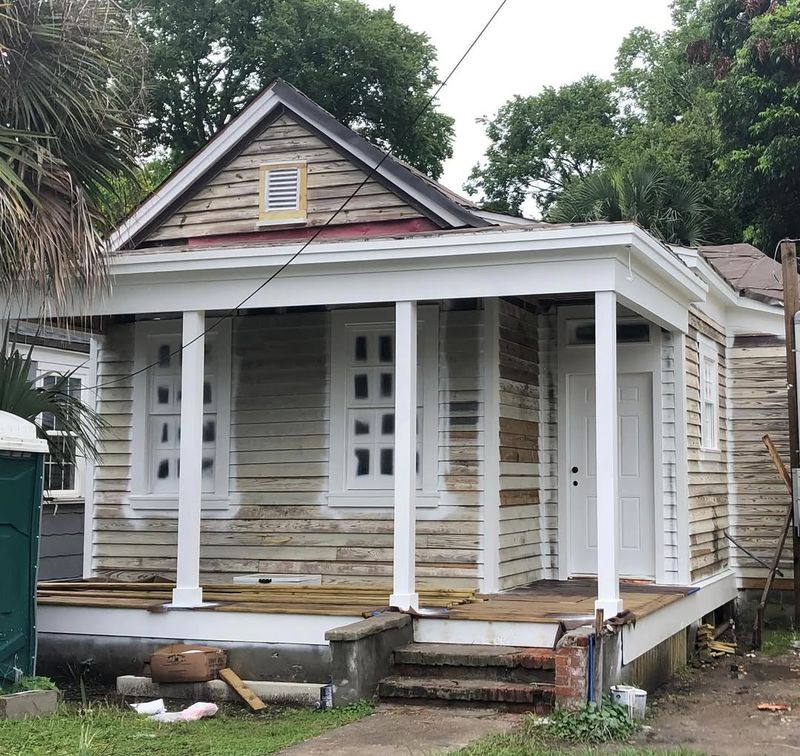
Shotgun houses symbolize resilience, having withstood the test of time and challenges like natural disasters. Their sturdy construction and simple design enable them to endure. Many have survived hurricanes and floods, standing as testaments to enduring architecture.
This resilience is metaphorical, representing the strength of the communities they inhabit. The shotgun house is a physical and symbolic reminder of the ability to withstand adversity while maintaining cultural and historical significance.
17. Influence on Modern Design

The influence of shotgun houses extends to modern design, inspiring compact living solutions like tiny houses. Their efficient use of space and straightforward layout are mirrored in contemporary design trends.
Architects draw on the shotgun house’s principles to create functional and aesthetically pleasing small homes. This inspiration highlights the timelessness of the shotgun house, proving its relevance in today’s architectural landscape and its role in shaping modern residential architecture.
18. Cultural Celebrations
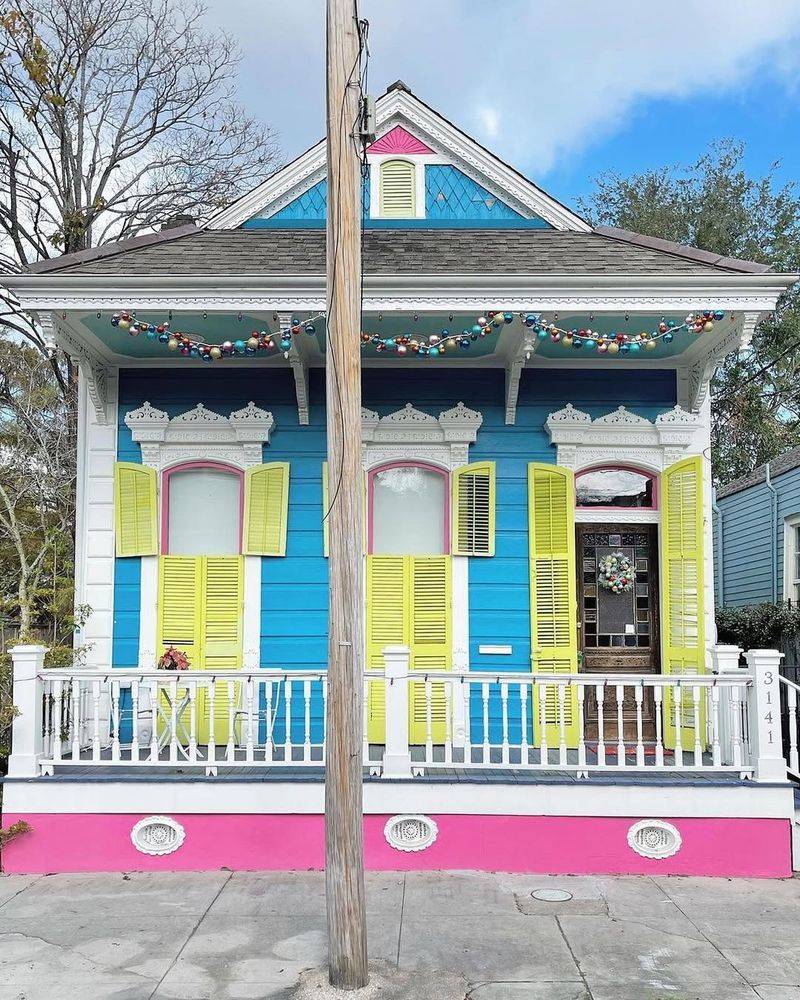
Cultural celebrations often highlight the significance of shotgun houses. Festivals or tours may feature these homes, celebrating their architectural and cultural heritage. These events foster appreciation for the shotgun house’s role in community history and identity.
They attract visitors and locals alike, offering insights into the lifestyle and traditions associated with this housing style. Such celebrations ensure that the cultural legacy of shotgun houses is recognized and preserved for future generations.
19. Educational Opportunities
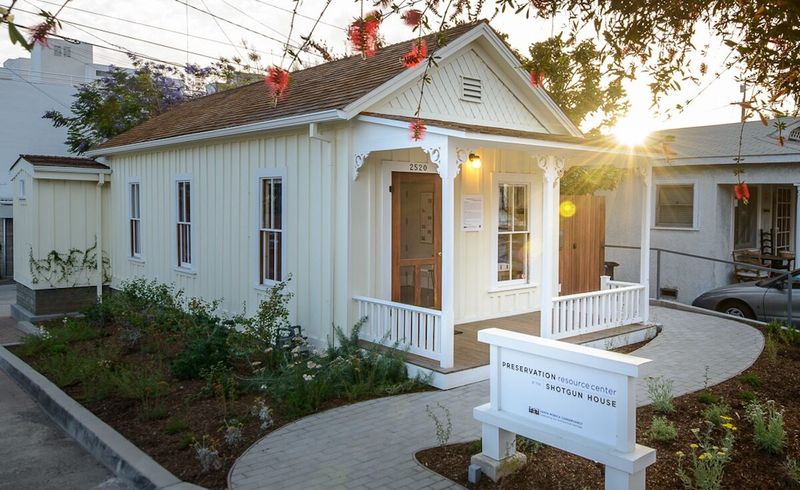
Shotgun houses provide educational opportunities, serving as living history lessons. Schools organize field trips to neighborhoods with these homes, teaching students about architectural styles and cultural history. Workshops or lectures may focus on their design, construction, and societal impact.
These educational efforts highlight the relevance of the shotgun house as a tool for learning about historical and cultural evolution. They enable students to connect with the past through tangible, real-world examples.
20. Personal Stories
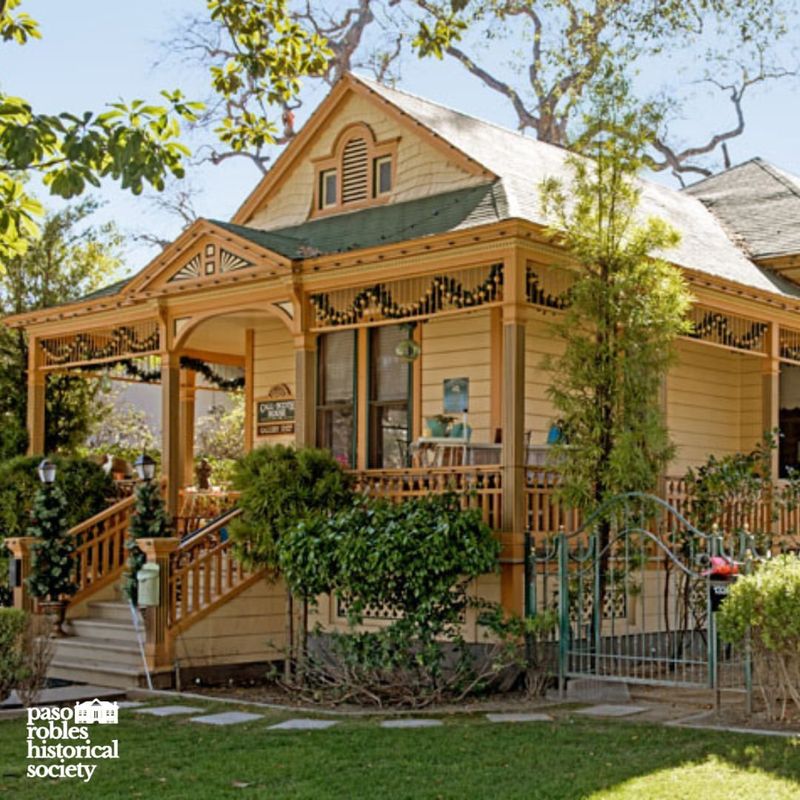
Personal stories from residents of shotgun houses bring history to life. Elders share memories of growing up in these homes, providing firsthand accounts of cultural and historical experiences. These narratives enrich our understanding of the shotgun house’s role in shaping lives and communities.
Each story adds depth, creating a tapestry of personal and collective history. Listening to these tales offers insight into the lived experiences that define the legacy of shotgun houses.
21. Architectural Simplicity
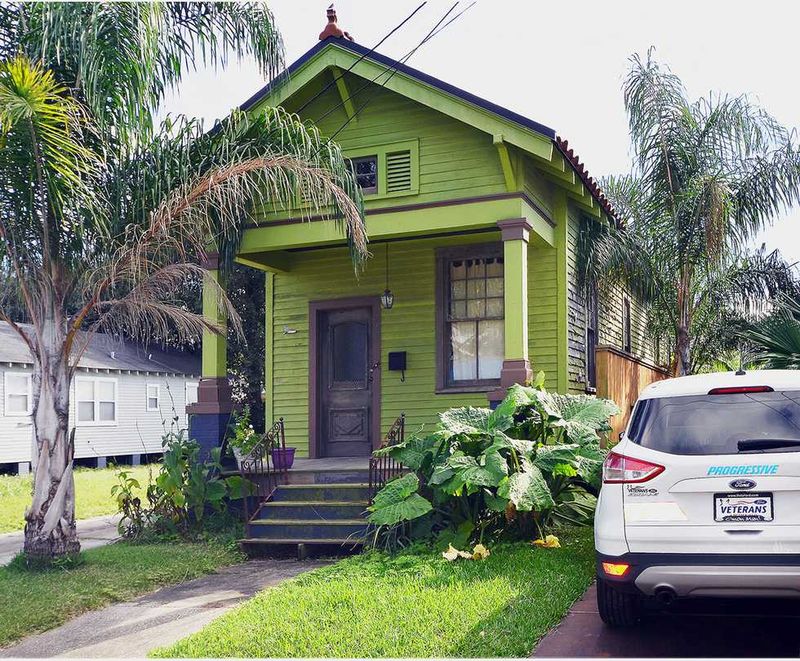
Architectural simplicity is a hallmark of the shotgun house. Its design eschews ornate embellishments, focusing on functionality and form. This simplicity lends elegance, with clean lines and straightforward layouts.
The absence of excess allows for a timeless appeal, highlighting the beauty of minimalism. The shotgun house demonstrates how simplicity can result in architectural elegance, with its enduring design continuing to inspire those who appreciate clear, purposeful architecture.
22. Cultural Revival
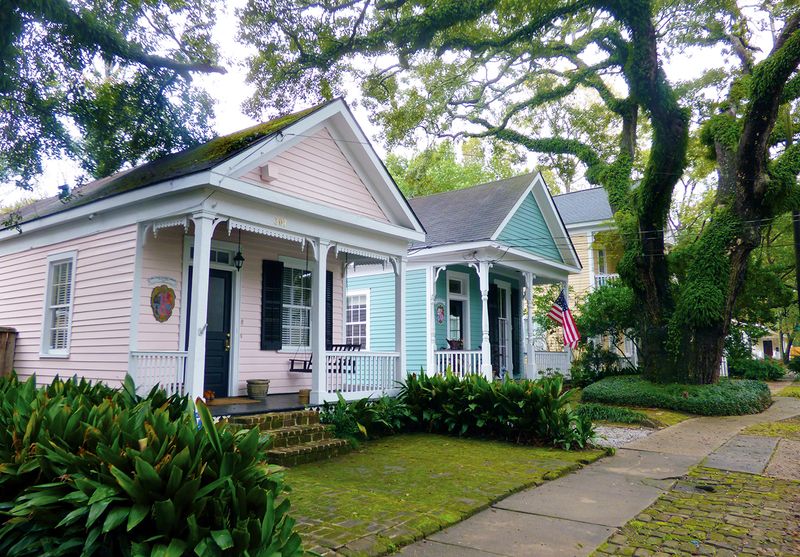
The cultural revival of shotgun houses is evident in community efforts to preserve and restore them. These initiatives aim to maintain their historical significance while adapting to modern needs. Restoration projects often involve local craftsmen and historians, ensuring authenticity and cultural integrity.
Such efforts revive interest in the shotgun house as a cultural and architectural icon, highlighting its importance in regional heritage. This revival ensures the continuation of its legacy in contemporary society.
23. Influence on Music and Literature
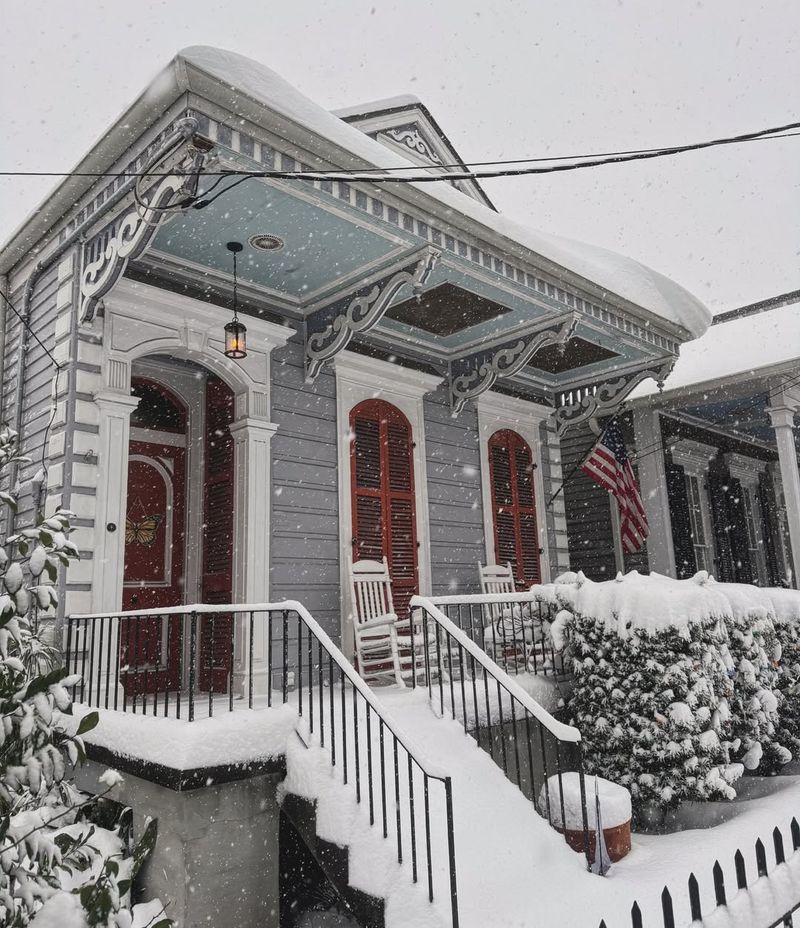
The influence of shotgun houses extends into music and literature, inspiring works that capture their cultural essence. Musicians and writers often reference these homes, using them as symbols of Southern identity and history.
Songs may depict life within their walls, while literature explores the narratives they hold.
This artistic representation ensures that the shotgun house continues to resonate within cultural expressions, reflecting its role in shaping the artistic landscape of the South.
24. Tourism Attraction

Shotgun houses have become tourism attractions, drawing visitors to historic districts. Tours offer a glimpse into the architectural style and history of these homes. They provide insight into the cultural and historical context of the regions where they are found.
Tourism initiatives highlight the uniqueness of shotgun houses, contributing to local economies. This interest in architectural tourism underscores the shotgun house’s enduring appeal and significance as a cultural landmark.
25. Preservation Challenges
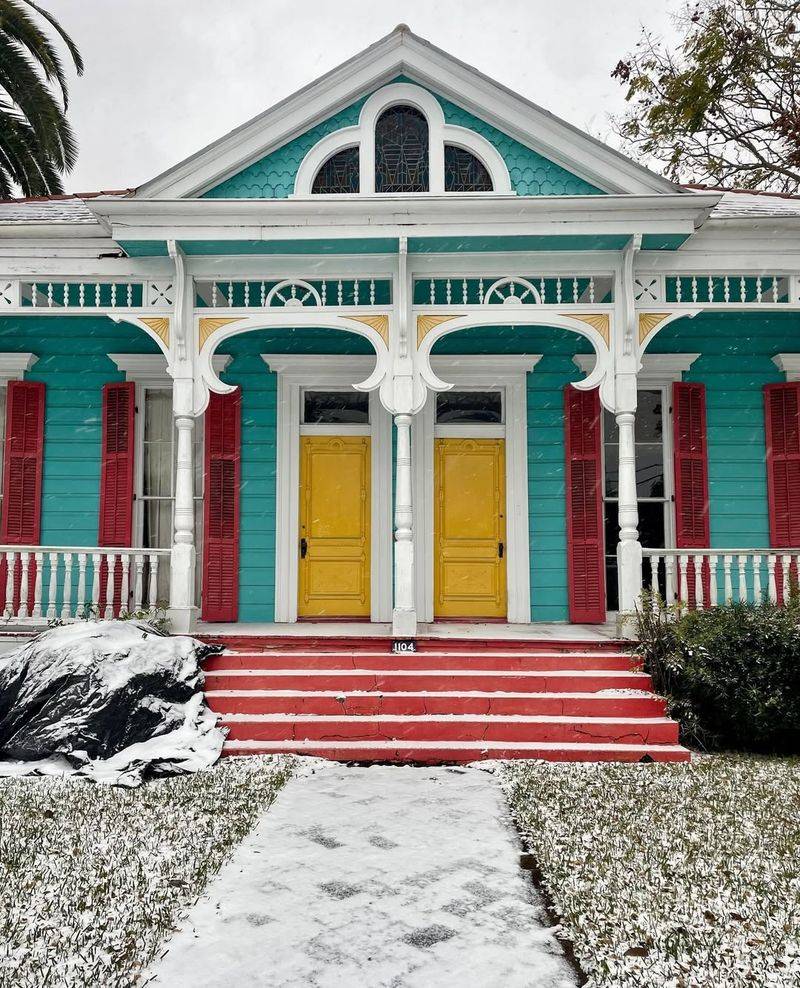
Preservation challenges face shotgun houses, with many requiring extensive renovation. Challenges include funding for restoration and adapting to modern building codes. Preservationists work to overcome these obstacles, advocating for the protection of these historical structures.
Efforts include raising awareness of their cultural significance and securing resources for restoration. Addressing these challenges ensures that the shotgun house remains a vibrant part of architectural history, balancing modern needs with historical preservation.


